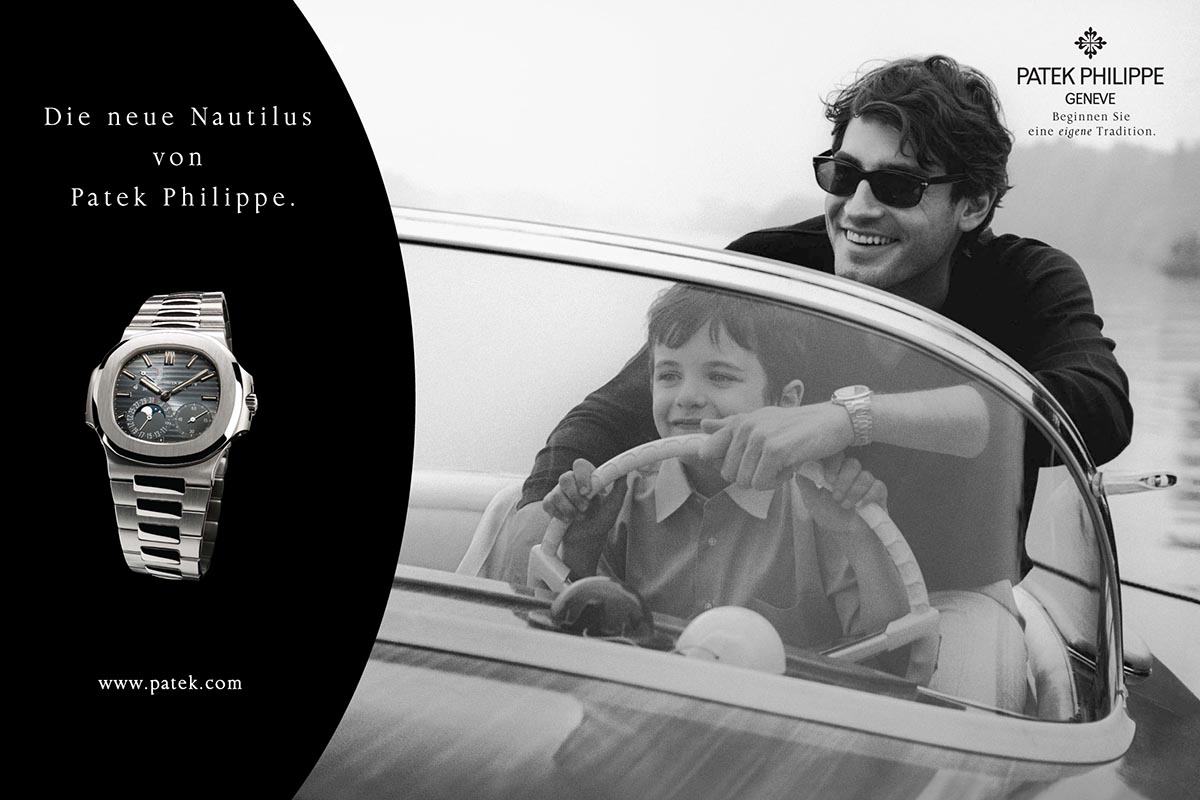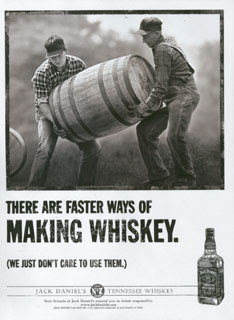‘Consumer Insights are Dead’, according to a provocatively titled article on Linked In by Jim White.
In fact, Jim is not really suggesting consumer insight is dead, he is proposing to focus on the total person, not just on their role as a consumer of a particular product or service. He calls this human insight.
Below I look at the points Jim makes and add some thoughts of my own.
Jim's points first.
1. 'Don’t think of someone as “the person responsible for washing the dishes in the household” or “the primary decision maker when it comes to household finances.” Think of them as a person who has a whole set of life experiences that have shaped them into the person they were…the person they are…and the person they want to be. A person with real hopes, real fears and deeply held beliefs.’
Comment: right on Jim. This more ‘holistic’ view of people is key to understanding the role a brand can play in their lives beyond the merely functional. The early work we did on the Dirt is Good (DIG) brand with the global marketing team showed that getting clothes clean (consumer level) was one part of looking after your kids (human level). The bigger, more holistic picture was that parents were trying to figure out how to help their kids grow up into well-rounded individuals, and that playing and getting dirty was part of this process. Functional performance on stains gave parents the freedom to let their kids get dirty, and so learn and grow.

2. 'This person doesn’t think of him or herself as a “consumer”… just someone who is trying to come up with a coherent story they can tell themselves about who they are. This isn’t about projecting an image to the world. It’s a story they tell themselves to feel better about who they are and to give their life some kind of unique meaning.’
Comment: I partly agree here. It depends a bit on the category and the nature of the brand. On something very functional, such as cling film or toilet cleaner, people may be happy to buy a brand that talks to them at a simple, consumer-level. “Just do your bloody job, and don’t bother trying to ‘tell me a story that gives my life some kind of unique meaning’, thank you very much!” At the other extreme, there are brands which are absolutely about projecting an image to the world, in contradiction to what Jim says. The car you drive, the luxury watch you wear, the beer you drink and the newspaper you read are all examples of brand choices where ‘outer-directed’ values are important, I would argue. If you fork out £30,000 for a Patek Philippe watch, my guess if you are hoping that people will bloody see what’s on your wrist.
3. 'When looking through the human insight lens, the relationship between people and brands totally changes from traditional marketing thinking. Traditionally, brands have wanted to win people over and have them come across to the brand’s world. Buy into the brand’s positioning based on a set of benefits and attributes and attitude that the “consumer” finds appealing. The human insight process sees brands as playing a role in people’s lives based on their ability to become a part of someone’s story.’
Comment: linked the first point made earlier. This is a move from merely selling functional benefits to convince consumers to buy a product, to communicating a brand’s purpose in a way that connects both functionally and emotionally. When our brandgym partner Jon Goldstone worked as CMO at Premier Foods on the re-launch of Hovis (a leading bread brand), the insight work revealed a desire of consumers, sorry human beings, to re-connect with some good old fashioned values of the past. By buying Hovis people were to just consuming a brand of bread, they were re-connecting with a sense of tradition, craft and authenticity.
Additional point - the 'triangle of truth'
 Thinking about people as people, not just consumers, helps uncover human truth. But we would argue that this is only part of the insight puzzle. On projects we also explore brand and cultural truths, as I explained in an earlier post on Jack Daniel’s here.
Thinking about people as people, not just consumers, helps uncover human truth. But we would argue that this is only part of the insight puzzle. On projects we also explore brand and cultural truths, as I explained in an earlier post on Jack Daniel’s here.
- The cultural truth was about “a nostalgia for the gun-slinging rugged individualist of the Old West, who, in the American mythos, had helped forge the country’s success”, according to this article on cultural branding by Douglas Holt. The enormous popularity of Western films was an indication of this cultural trend at the time, which endures today with films like the Oscar winner ‘The Revenant’.
- The human truth was about the desire of men to re-connect with their masculine roots at a time when their jobs were increasingly sedentary. Again, this is more relevant than ever today as jobs are increasingly desk and computer based.
- The brand truth about Jack Daniel’s was the traditional production methods and the authentic roots of the brand in in Lynchburg Tenesee. This area was “one of the last authentic pockets of the frontier, where Davy Crockett and Daniel Boone had gotten their start.” The original one-page marketing plan defined in the mid 1950’s still rings true today, codifying the Jack Daniel’s brand as “authentic, made by real people in an out-of-the-way place,” according to Jim Stengel here.
In conclusion, Jim’s idea to look at the whole person to get to human insight, not just consumer insight, is bang on. However, don’t get too carried away. At the end of the day, let’s be 100% clear, those people you are talking to at a human level do need to become consumers of your product. Human insight is just a means to the end of marketing which is to sell more stuff. Keeping this in mind will stop you getting so deep into being part of the narrative that makes up human identity that you forget your job is to sell more peanut butter, cat litter or wet wipes.
This article originally appeared on thebrandgym.com



